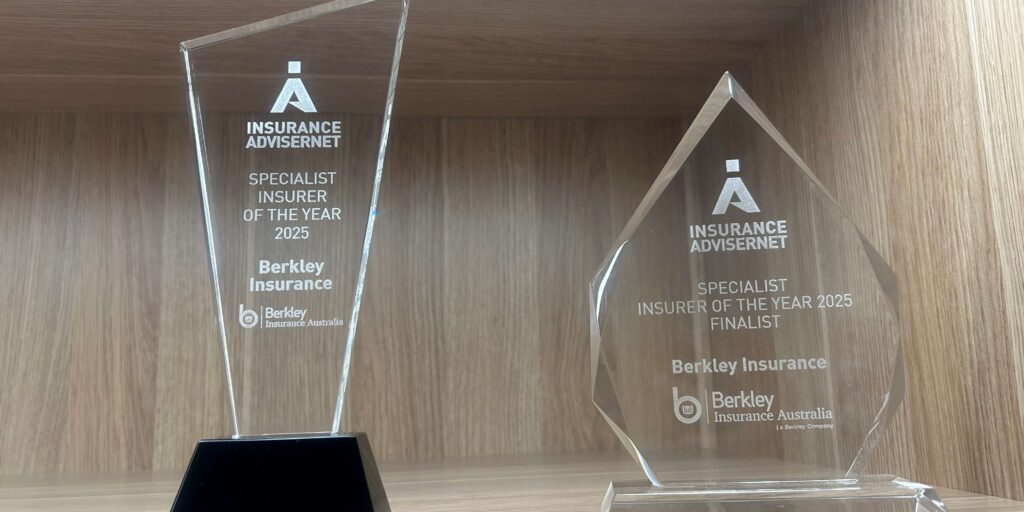
Getting the Best Terms for Clients with Prior Claims
Placing cover for clients who have experienced a significant claim can be challenging. Underwriting outcomes may range from declining to quote altogether, to consideration of the risk especially if the insured has taken meaningful steps to prevent recurrence. The key to securing terms often comes down to how well the risk is presented by the broker.
While a completed proposal form or other form of underwriting information is essential, it’s rarely sufficient on its own when dealing with a client who has a complex claims history. To give your client the best chance at competitive terms, you should provide a comprehensive claims narrative and supporting documentation that paints a full picture of the risk today—not just the past.
This article explores how Berkley Insurance Australia (BIA) approaches the assessment of risks with a significant claims history. This approach may also have wider industry application depending on the insurer you are dealing with.
Detailed Claims History
Start with a clear and factual account of the claim(s) and look to include:
- Date of the claim;
- Comprehensive description of the incident;
- Extent of damage or financial impact;
- Details of financial amounts incurred (paid and/or reserves or outstanding amounts), including a breakdown of settlements and legal costs paid;
- Timeline of the claims process, including whether the claim is closed or open; and
- If available, attach a copy of the insurer’s claims experience report, as this can include critical information.
Avoid vague summaries. We want to understand exactly what happened and how it was resolved. If the claim was complex or significant, consider attaching supporting documents such as any relevant reports, the claimant’s demand or correspondence with the insurer, where permissible.
Steps Taken to Prevent Recurrence
This is arguably the most critical piece of information. It is important that we understand the extent to which the insured has learned from the event and taken proactive steps to mitigate similar claims from reoccurring. This could include:
- Implementation of new procedures or protocols
- Investment in upgraded equipment or technology
- Staff training or changes in management
- Physical improvements to premises (e.g. fire protection, security systems, flood barriers)
Be specific. For example, rather than saying “improved fire safety,” detail exactly what was done: “Installed monitored smoke detection system and conducted fire safety training for all staff.”
Demonstrated Cooperation During the Claims Process
If your client worked constructively with the insurer, provided timely documentation, and followed through on recommendations, make sure to highlight this. It speaks to the insured’s attitude and reliability— co-operation, transparency and responsiveness during the claims process are qualities that can influence underwriting decisions.
Current Risk Profile
Provide context around the insured’s current operations. Has the business changed since the time of the claim? Are they operating at a different scale, in a new location, or under new management? These changes can significantly alter the risk profile and should be clearly communicated.
Broker Commentary
Use this opportunity to advocate for your client. A well-considered broker’s note can make a big difference. Summarise the key points, express your view on the insured’s current risk profile and explain why you believe the client is a good prospect for insurance. Your professional judgement carries weight.
Conclusion
When submitting a risk with a prior claim, think beyond the proposal form. A thorough and thoughtful presentation can mean the difference between a declined quote and a decision to offer terms. By providing full claim details, outlining preventative measures, and demonstrating the insured’s cooperation and current risk profile, you can help us see the full picture.
Important Notice
Berkley Insurance Company (limited company incorporated in Delaware, USA) ABN 53 126 559 706 t/as Berkley Insurance Australia is an APRA authorised general insurer. Information provided is general only, intended for brokers and has been prepared without taking into account any person’s particular objectives, financial situation or needs. Insurance cover is subject to terms, conditions, limits, and exclusions. When making a decision to buy or continue to hold a product, you should review the relevant policy documents.
Share this post on
Inside Berkley Insurance Australia: An Interview with CEO Tony Wheatley
Berkley Insurance Australia Wins Specialist Insurer of the Year for Fourth Consecutive Year
Getting the Best Terms for Clients with Prior Claims


